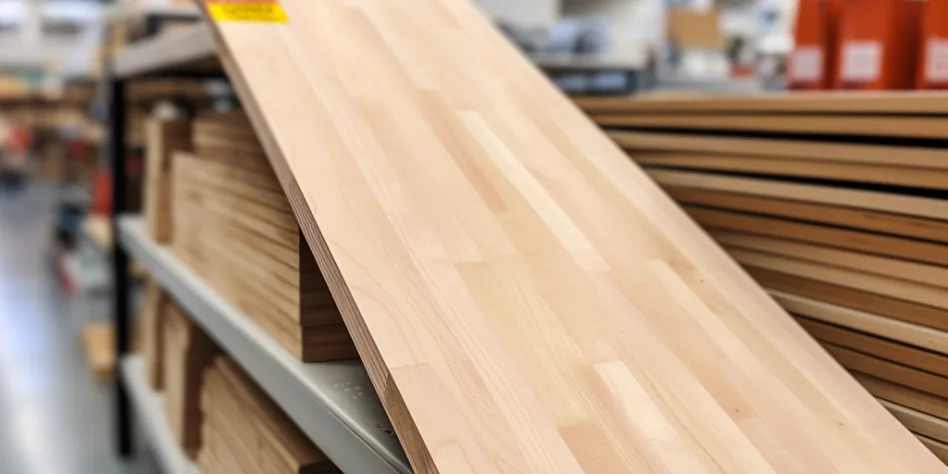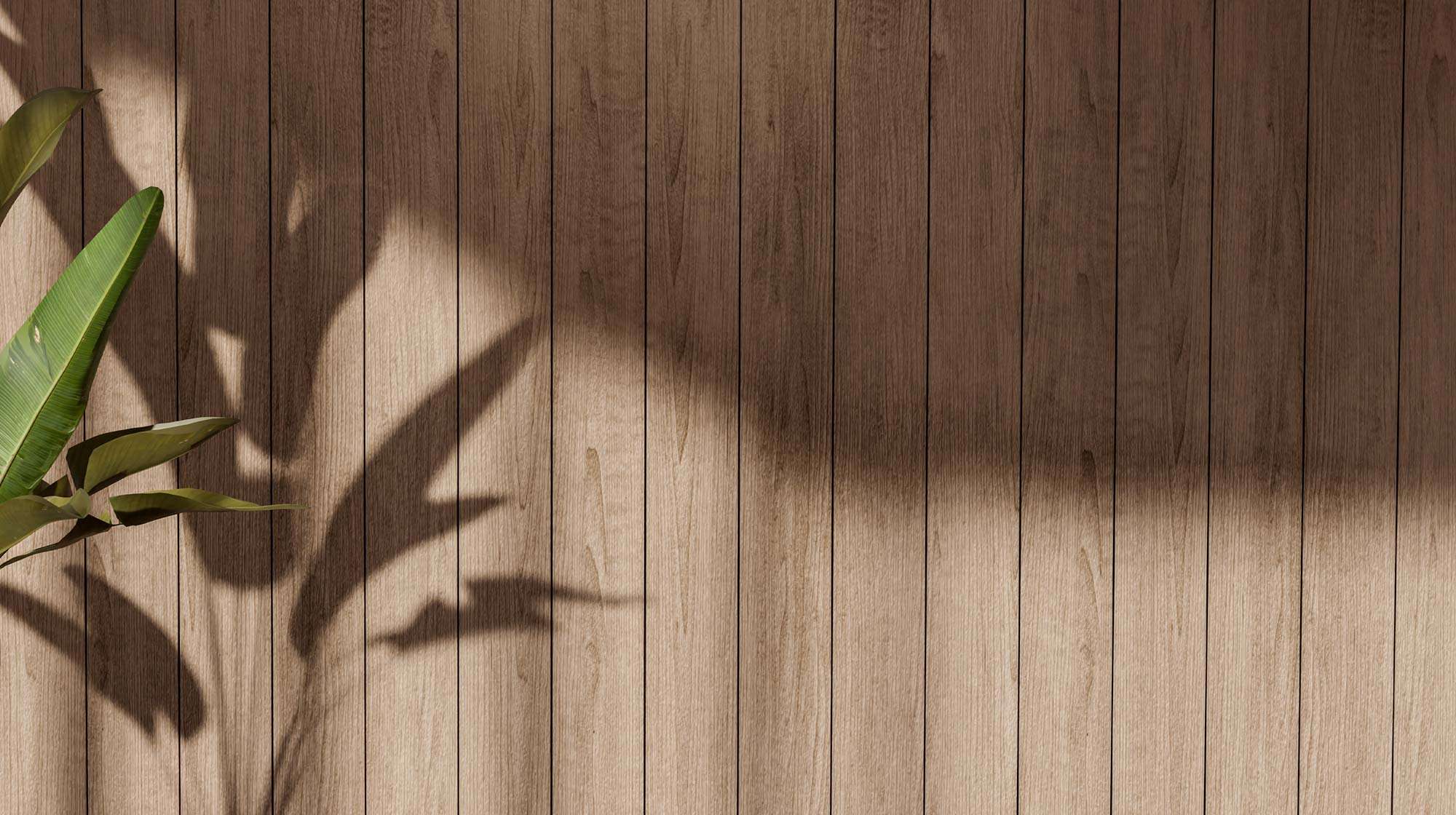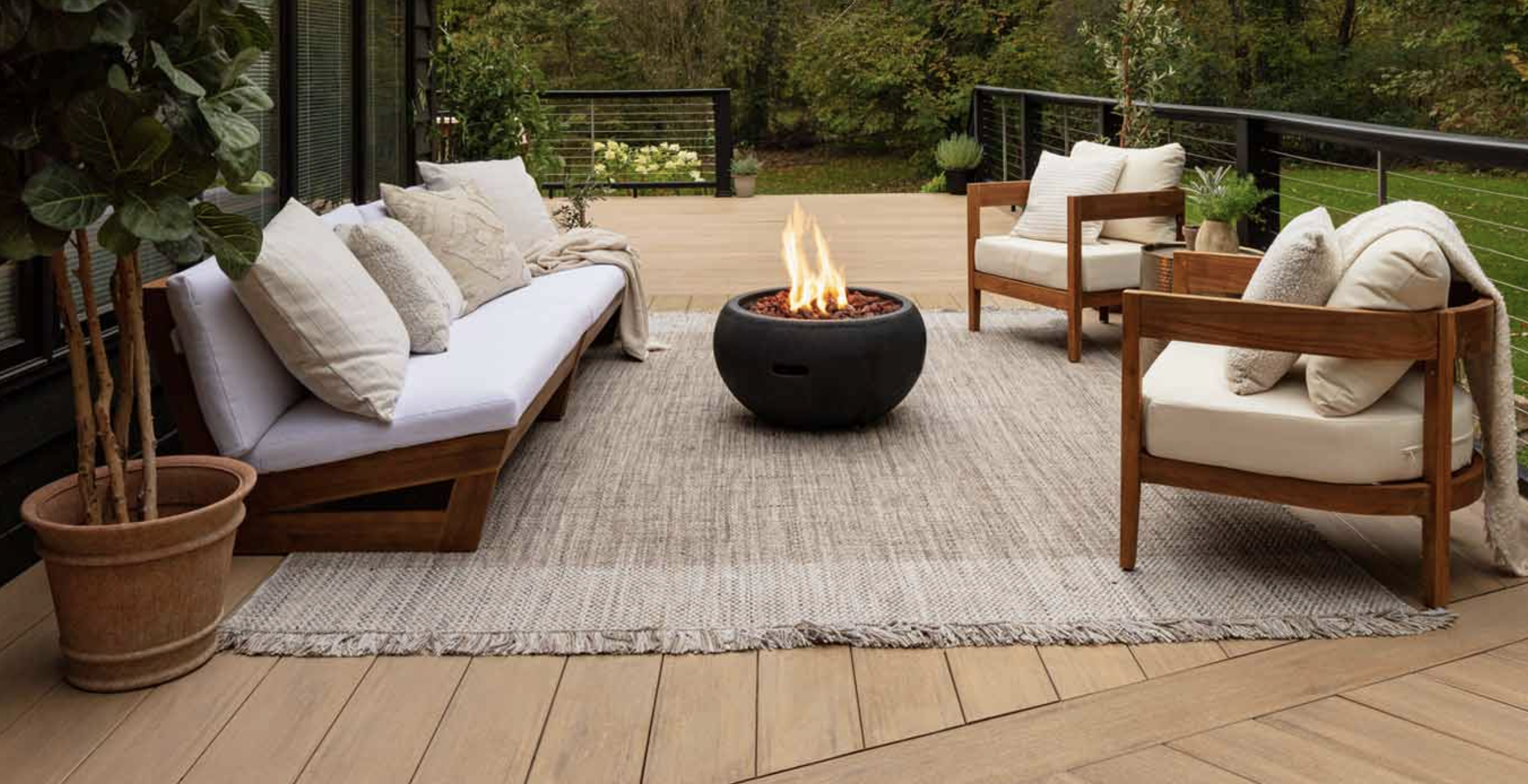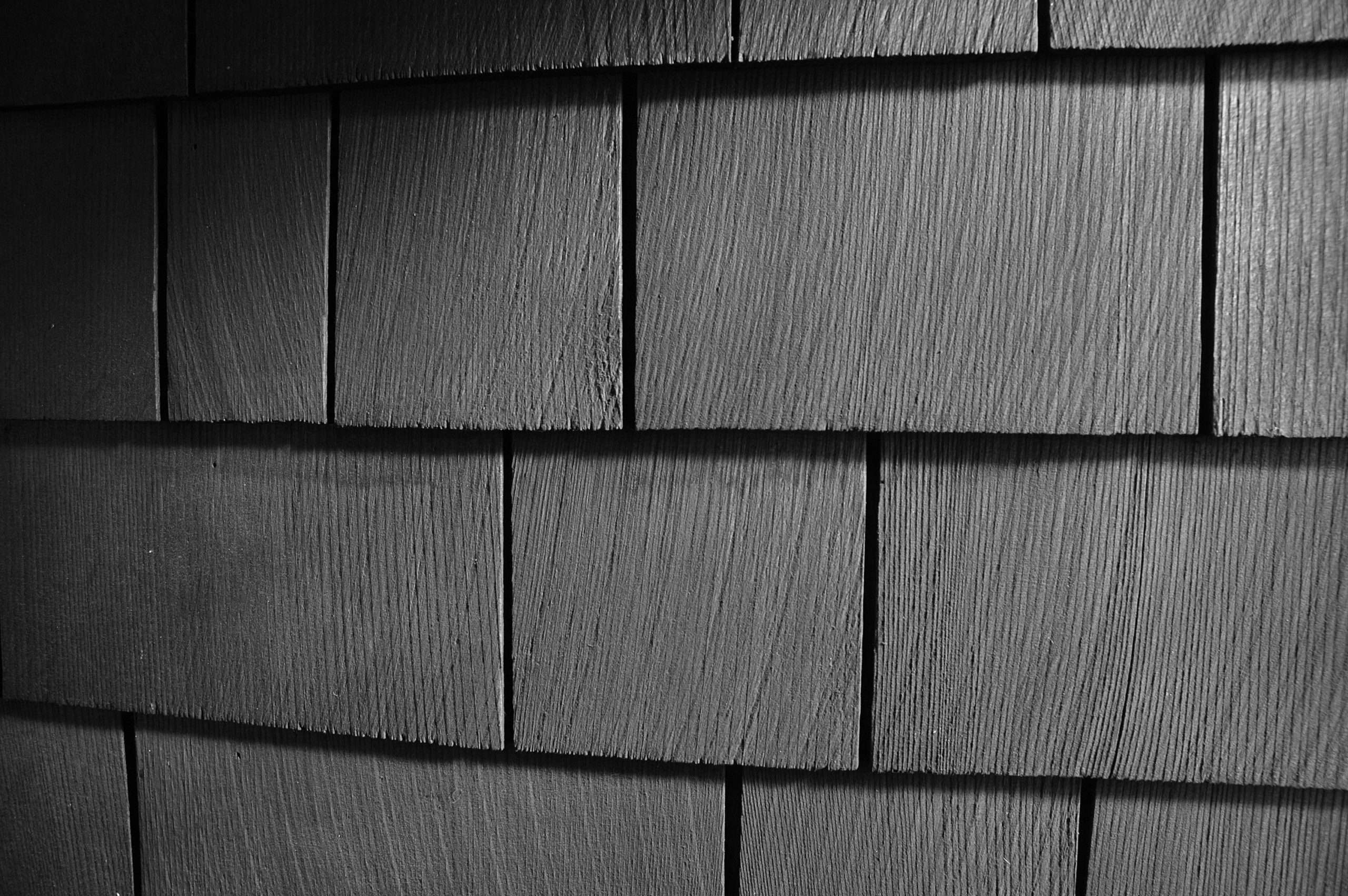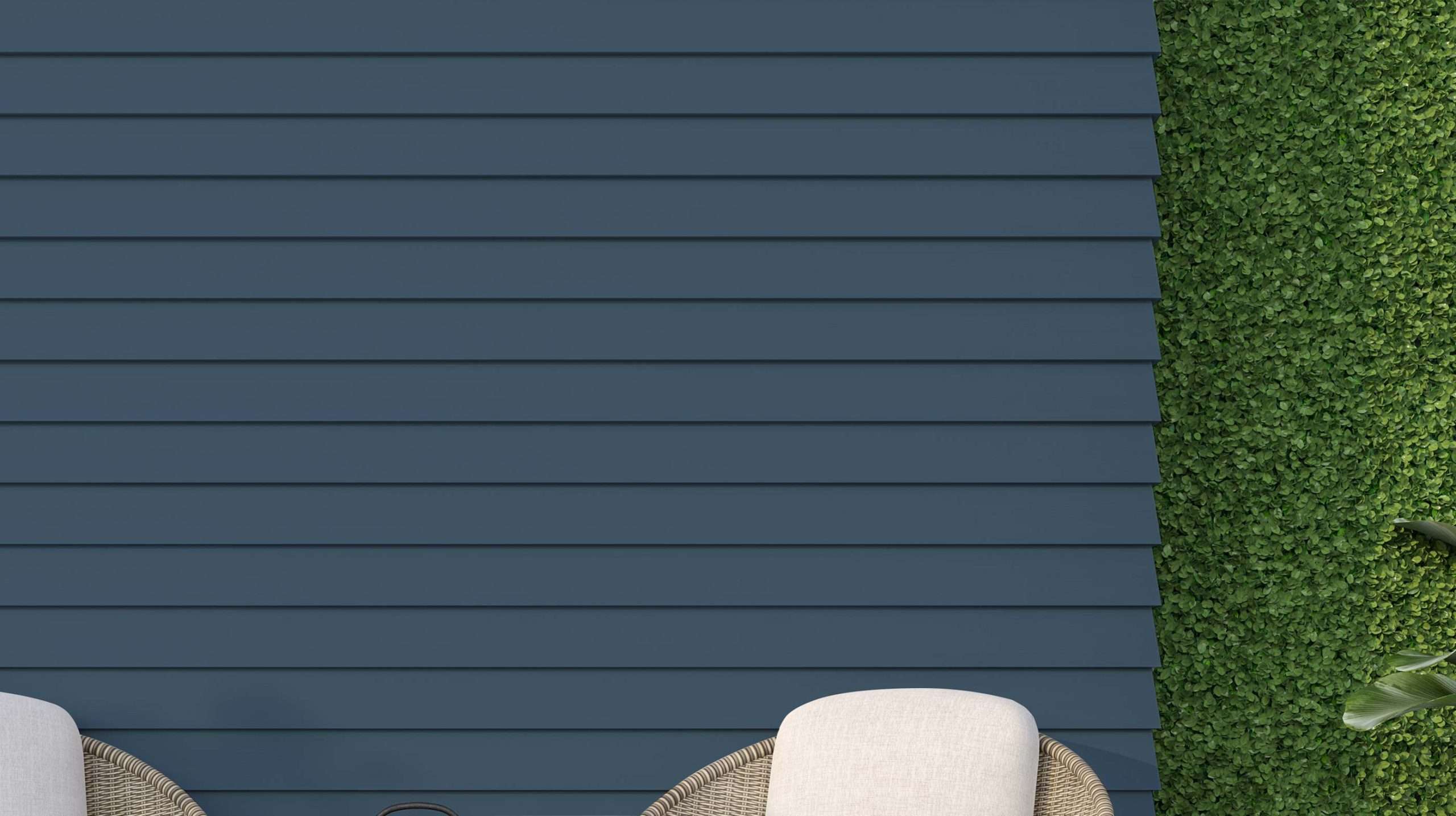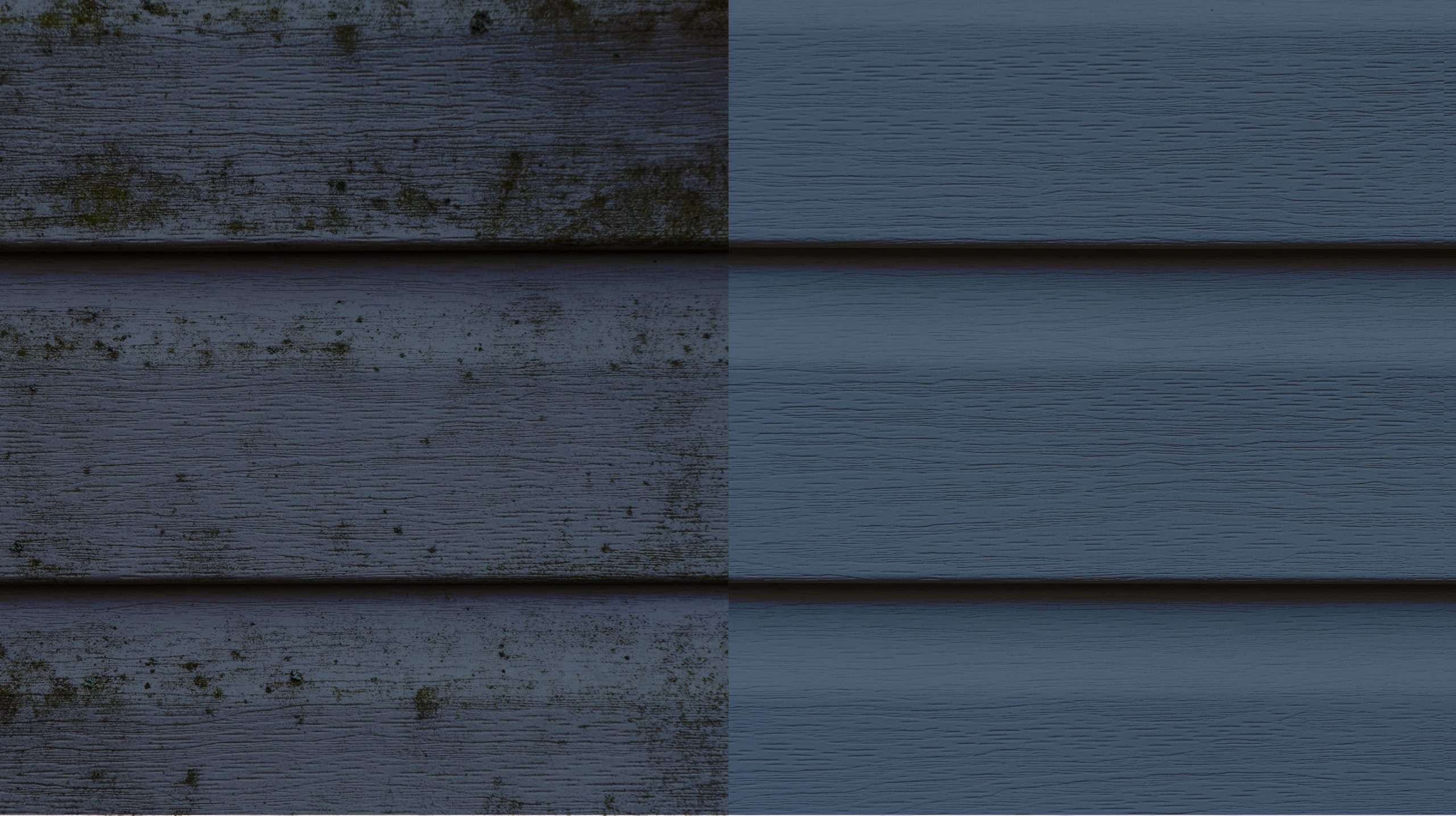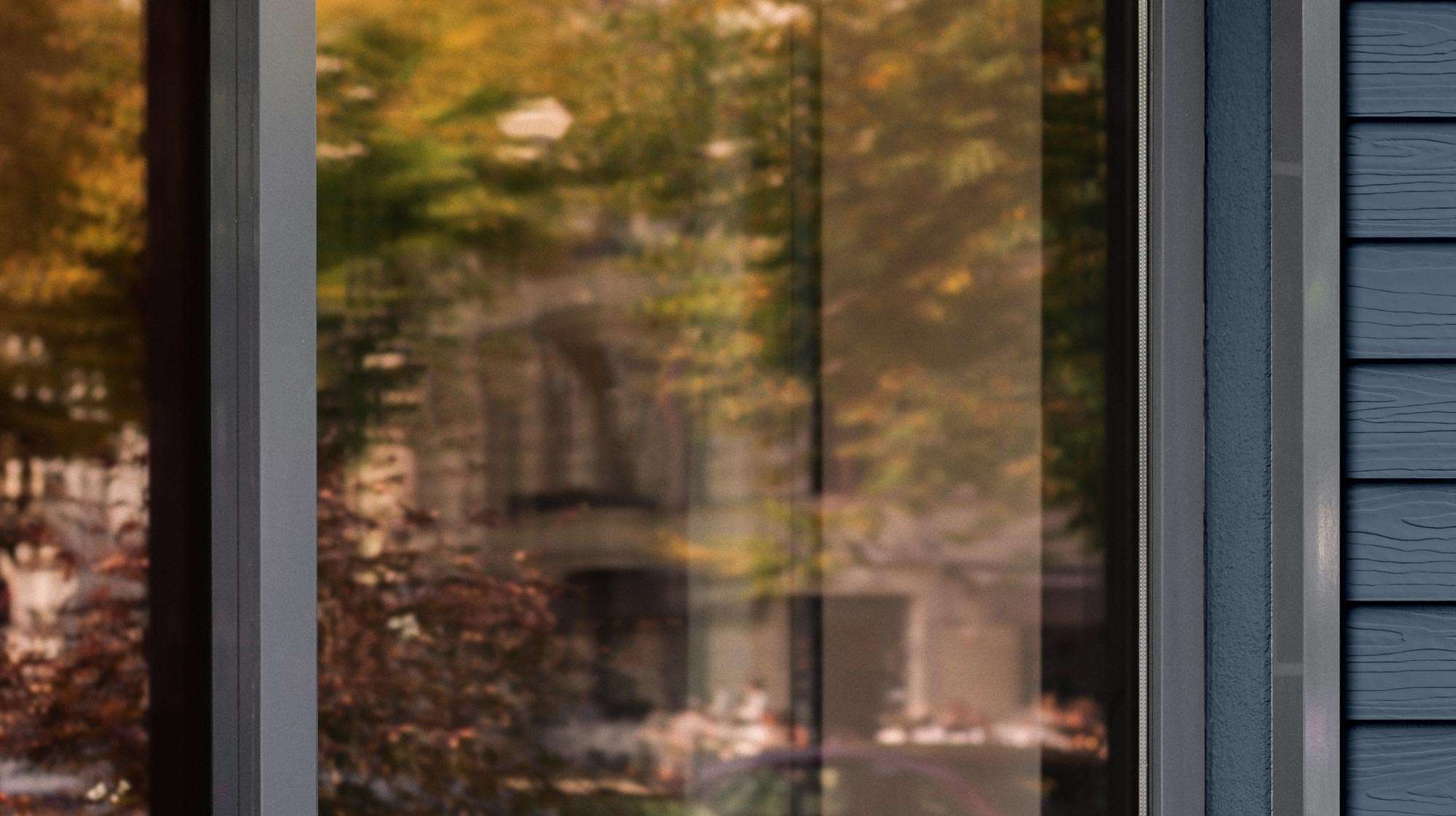In the heavyweight championship of cost efficient wood siding options, two contenders stand out: Oriented Strand Board (OSB) and Plywood T1-11 Siding. Both are vying for the title of "Homeowners’ Helper," but like all epic battles, only one can be the champion of your abode's exterior. So, let's dive into the ring and dissect these two contenders!
Table of Contents
- Oriented Strand Board (OSB) T1-11: The Affordable Contender
- Plywood T1-11: The Traditional Powerhouse
- Choosing Your Champion
- Conclusion
Oriented Strand Board (OSB) T1-11: The Affordable Contender
OSB T1-11 steps into the ring with confidence, boasting its modern engineering and affordability. Oriented Strand Board is manufactured by compressing layers of wood strands in specific orientations, all glued and pressed together under intense heat and pressure. While this process produces a sturdy panel that's kind to your wallet, OSB also comes with some drawbacks.
OSB is composed of wood fibers that are compressed together, but once the elements enter the ring, OSB can have a hard time standing up to the competition. T1-11 Siding in general, tends to expand and warp when exposed to moisture and is prone to splitting and cracking with intense UV exposure. With the proper maintenance and paint, OSB T1-11 can be an efficient option, providing a reliable defense against the elements at a cost that won’t knock out your budget.
Plywood T1-11: The Traditional Powerhouse
Then there's Plywood T1-11, the time-honored champion. Crafted from thin layers of wood veneer, known as plies, stacked in alternating directions, it's the classic and affordable choice for siding. Plywood T1-11 has a proven track record in the ring of home exteriors. It offers a higher resistance to the elements then OSB but can cost more.
Plywood T1-11 has its strengths and its weaknesses. By utilizing more raw wood pieces, opposed to wood fibers, plywood has more strength and stopgaps from water damage. However, since plywood is still an engineered board, it is not as durable as a raw piece of wood. Proper protection and coating of your plywood siding, could bring your vision to life.
Choosing Your Champion
When deciding between these two, consider the climate here on the Central Coast. OSB T1-11, while cost-effective, might throw in the towel quicker in very wet climates, as it's more susceptible to moisture damage. Plywood, on the other hand, while it may cost more, it can take a few more hits from rain and humidity without warping or swelling.
T1-11 siding, while cost effective, does not typically have a long lifespan. Homeowners with T1-11 siding will face more frequent maintenance, more frequent painting, and siding that is more susceptible to damage. For a longer lasting option, consider contacting Rogall + Co. to learn more about what’s available and designed to thrive here on the central coast.
Conclusion
Feeling a bit like a referee in a title match? Don't sweat it. Rogall + Co. is here to help you pick the right contender for your home. With expertise in both types of T1-11 siding, we can help you weigh the pros and cons, considering your home’s specific needs, and local weather patterns. We can help navigate the repairs needed on your current T1-11 siding, or if a different siding type is the right choice for your home.
In conclusion, whether it's the budget-friendly OSB or the robust Plywood, each type of T1-11 siding has its unique strengths. And with Rogall + Co. in your corner, you're sure to make a knockout decision for your home’s exterior!
